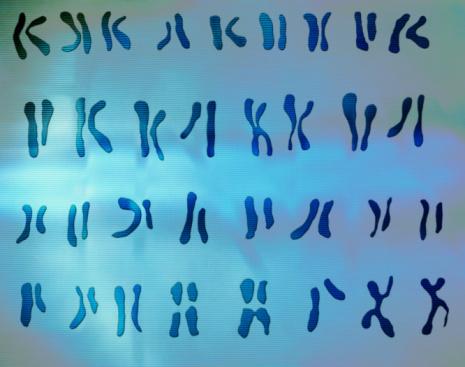Scientists create new life form in a lab, altering the fundamentals of DNA
The work has been able to 'lay the foundation for achieving the central goal of synthetic biology: the creation of new life forms and functions'

Your support helps us to tell the story
From reproductive rights to climate change to Big Tech, The Independent is on the ground when the story is developing. Whether it's investigating the financials of Elon Musk's pro-Trump PAC or producing our latest documentary, 'The A Word', which shines a light on the American women fighting for reproductive rights, we know how important it is to parse out the facts from the messaging.
At such a critical moment in US history, we need reporters on the ground. Your donation allows us to keep sending journalists to speak to both sides of the story.
The Independent is trusted by Americans across the entire political spectrum. And unlike many other quality news outlets, we choose not to lock Americans out of our reporting and analysis with paywalls. We believe quality journalism should be available to everyone, paid for by those who can afford it.
Your support makes all the difference.For as long as life on Earth has existed, all of it has been made up of only four letters. DNA has been written in just those four letters – G, T, C and A – which together create the code that underlies every living thing ever known.
That's until now. Scientists have announced that they have created living organisms using an expanded genetic code. That could in turn lead to the creation of entirely new lifeforms, using combinations of DNA that couldn't possible have existed before.
Two researchers created a bacterium that not only uses the four natural bases, but also uses a pair of synthetic ones known as X and Y. In doing so, the researchers say that they have been able to "lay the foundation for achieving the central goal of synthetic biology: the creation of new life forms and functions".
Because of the novel and synthetic forms of DNA that are being used, those life forms won't just be never before seen. They could include "wholly unnatural attributes and traits not found elsewhere in nature", the researchers write.
At the moment, applications for the new technology are far away. But it could be used to create new kinds of single-celled organisms that in turn could help discover new drugs, turning out new proteins that might then be used to treat a huge range of drugs.
But it could be used for even more unusual purposes, like creating new forms of material, according to the scientists.
The X and Y letters of DNA were first created by the same scientists, Professor Floyd Romesberg and his colleague, in 2014. They were demonstrated in modified E. coli bacteria that had them integrated into their genetic code.
But those E. coli eventually lost those letters, reverting back to the more traditional genome. That left more work to be done, since the created thing could be referred to a stable, synthetic life form until the new genome could last for the bacterium's lifetime.
The scientists did that by creating a special system in the bacteria that rejected any genetic sequence that didn't include the X or Y letters. As such, any cells that dropped those new letters would also be marked for destruction by the bacterium – a form of immunity, but to losing the unnatural pair rather than to a specific foreign invader.
In doing so, the scientists appear to have proven that the very fundamental processes of life can be altered.
"We can now get the light of life to stay on," said Professor Romesberg in a statement. "That suggests that all of life's processes can be subject to manipulation."
At the moment, that manipulation and the process is limited only to single cells and can't be used in more complex organisms. And at the moment it can't actually be applied, existing only as a proof of concept.
But the researchers are now looking at how to write the new genetic code onto RNA, which is used to turn DNA into proteins.
Join our commenting forum
Join thought-provoking conversations, follow other Independent readers and see their replies
Comments